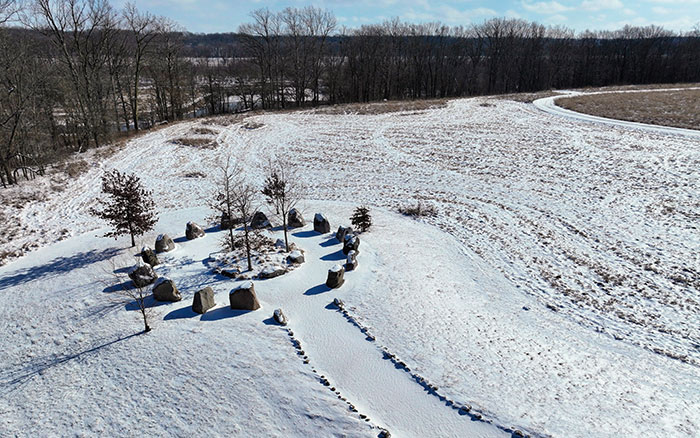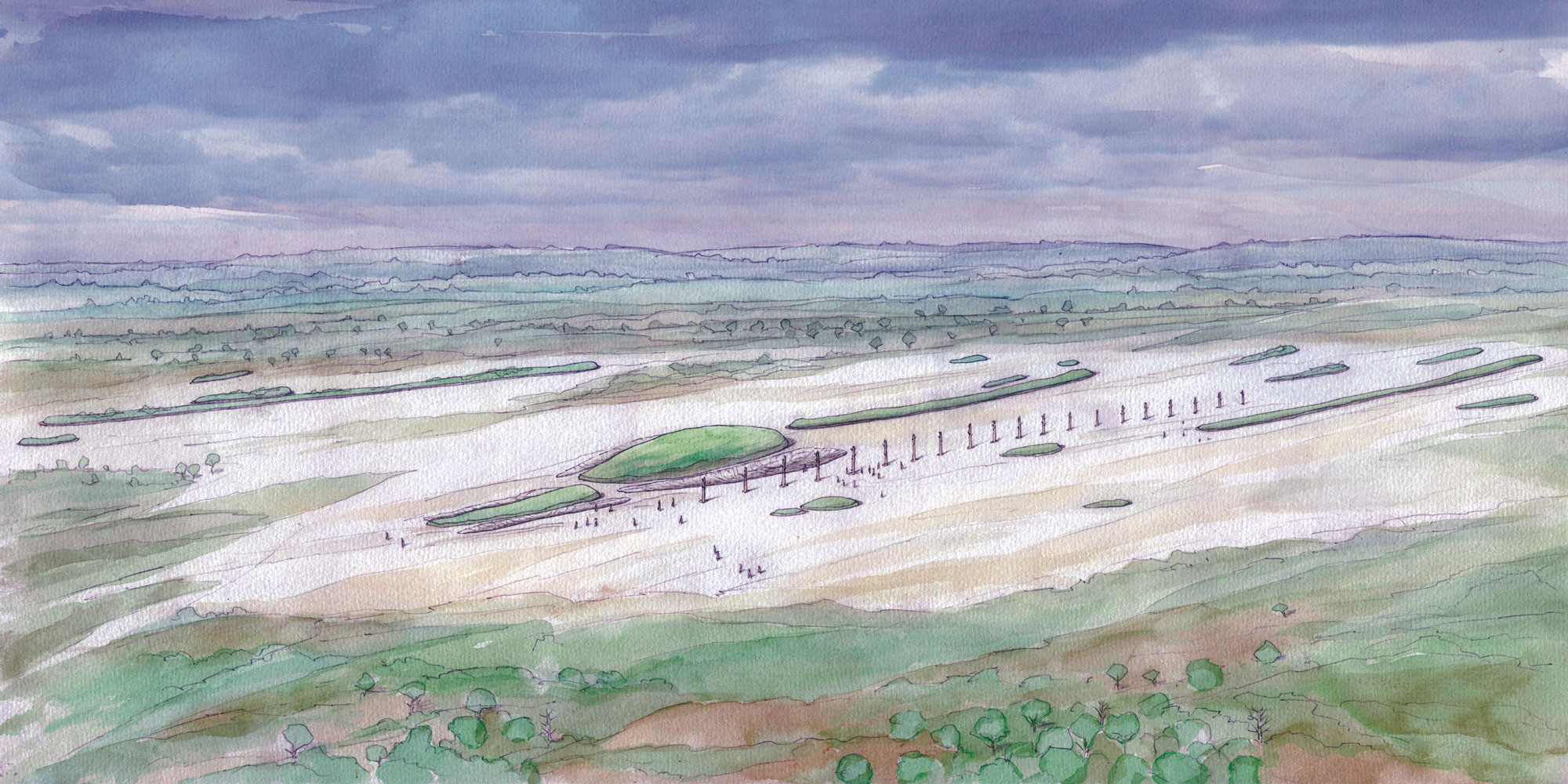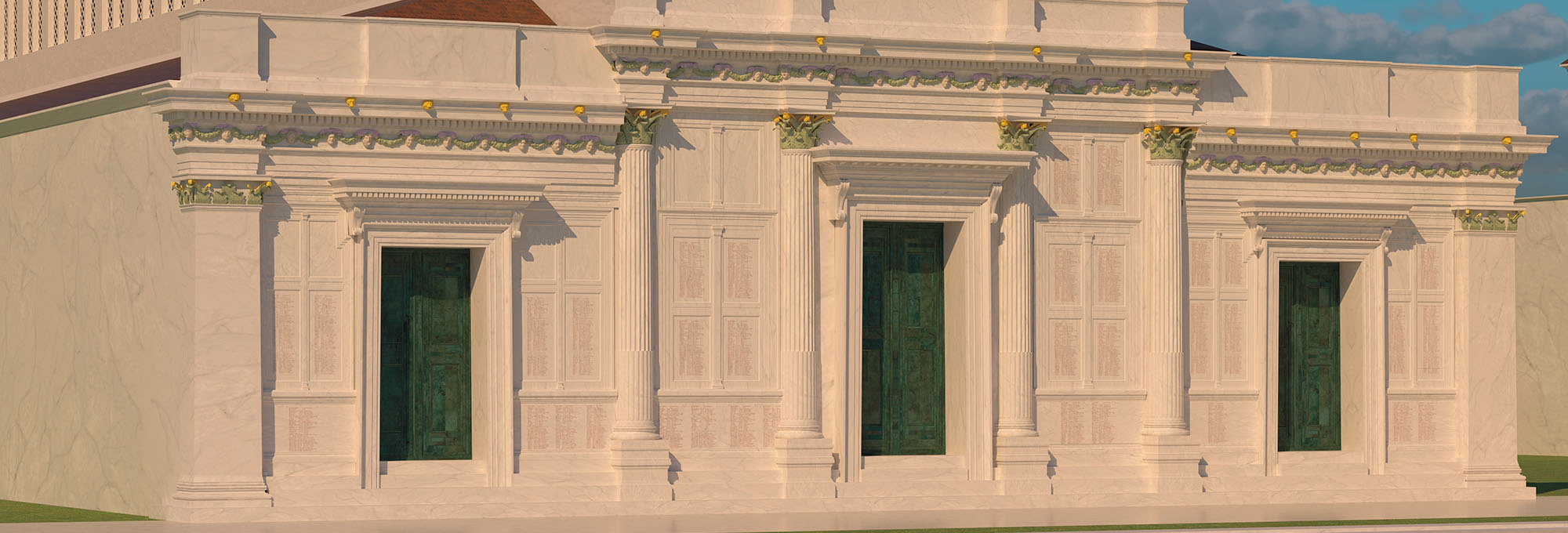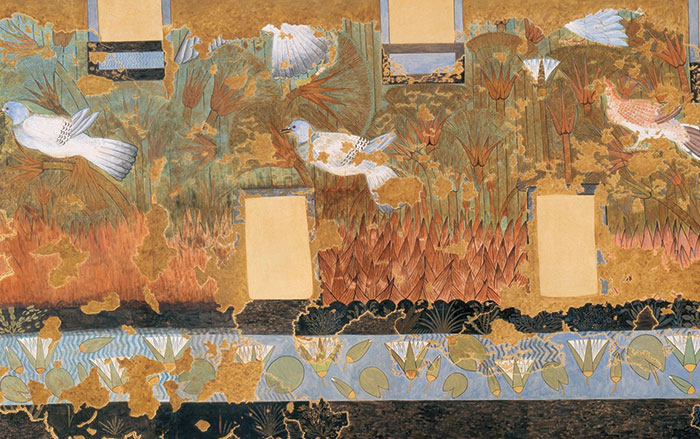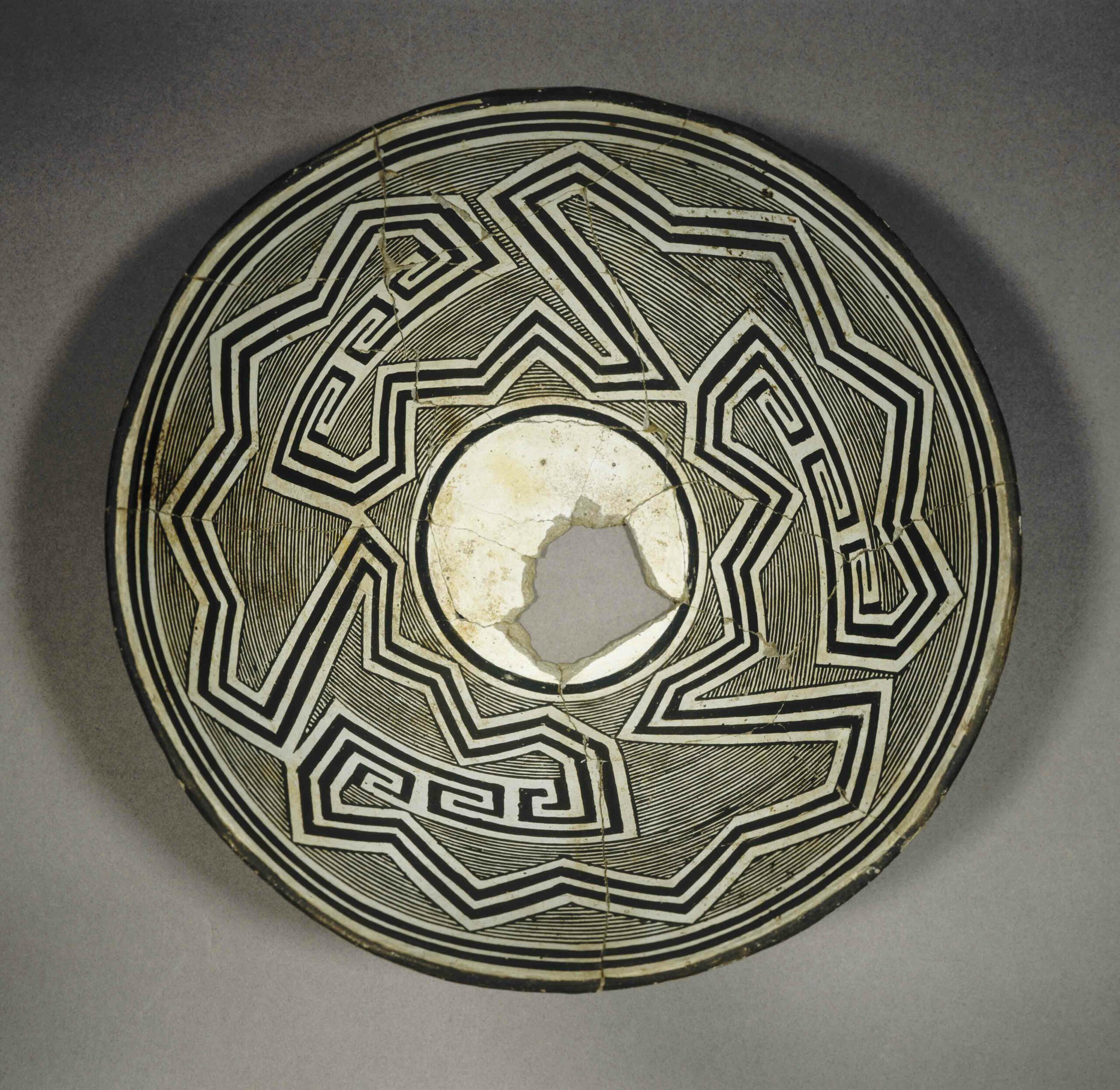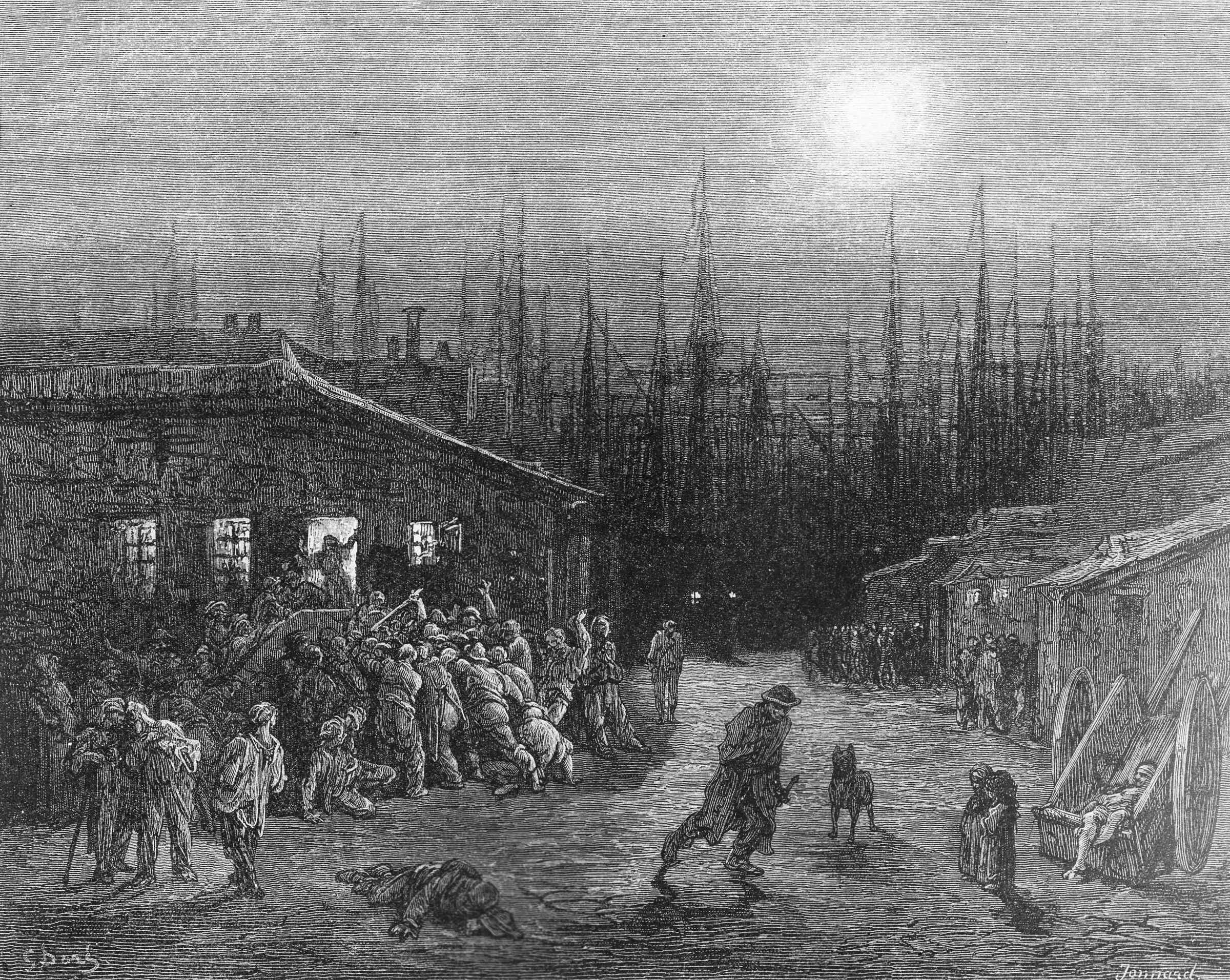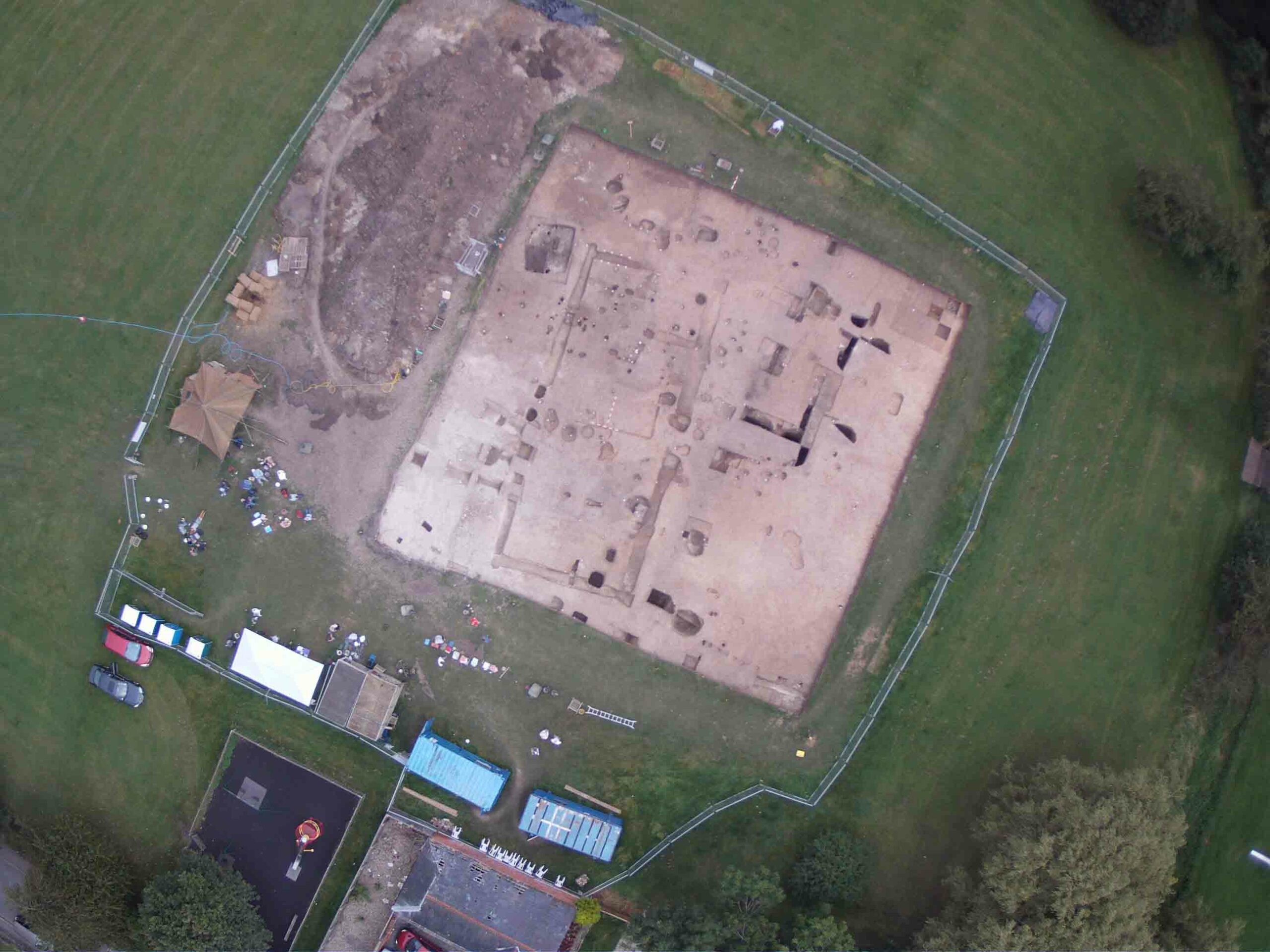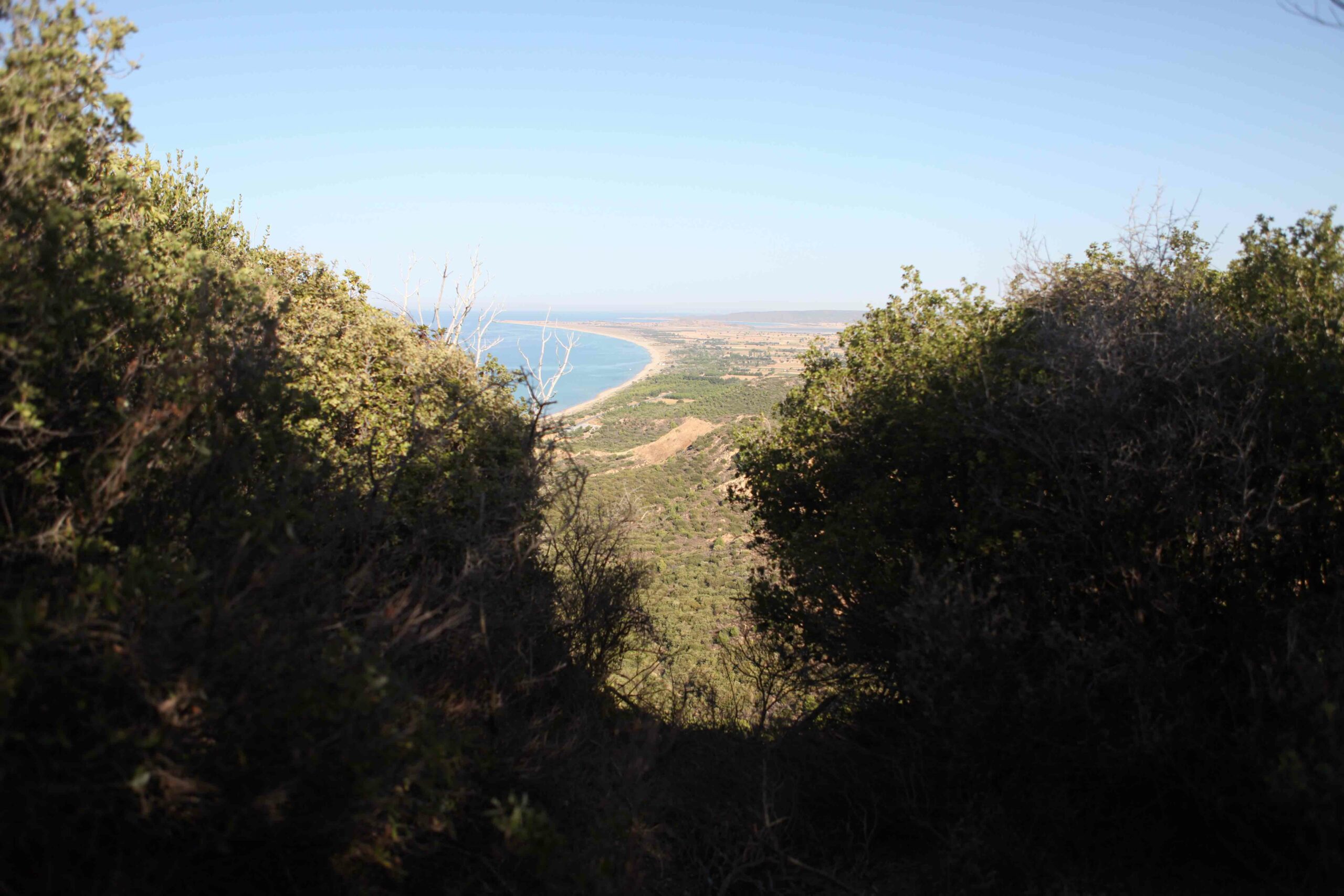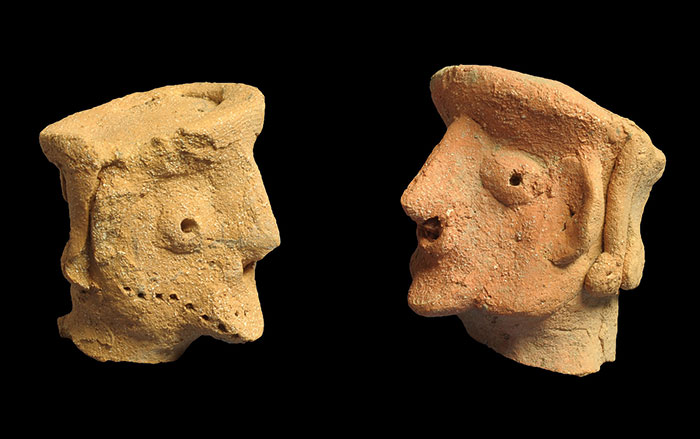
TIKAL, GUATEMALA—Scientists from Brigham Young University have determined that the Maya people who lived at the ancient site of Tikal for 1,500 years beginning in 600 B.C. grew their corn crops in a different part of the city than previously thought. Analysis of of the 185 soil cores the team took at Tikal indicated that the Maya grew their in so-called bajos, low-lying soil abuting nearby wetlands, as opposed to on the hillsides. The finding will alter the estimate of the number of Maya that could have been supported by the crop. Currently, population estimates at Tikal vary from as few as 30,000 people to up to 100,000.


